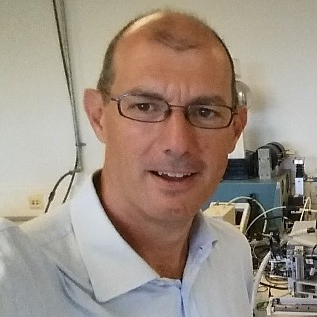Agricultural Robots
A special issue of Robotics (ISSN 2218-6581).
Deadline for manuscript submissions: closed (30 September 2013) | Viewed by 31419
Special Issue Editors
Interests: service robotics; aerial and ground vehicle cooperation; field robotics
Special Issues, Collections and Topics in MDPI journals
Interests: robotic in agriculture; service robots; climbing robots; unmanned aerial vehicles; computer vision; automation in agriculture
Special Issues, Collections and Topics in MDPI journals
Special Issue Information
Dear Colleagues,
Many research activities in the field of agricultural robotics started more than 20 years ago, but most of them were discontinued due to the high costs of implementation and the unsuccessful results. The agriculture environment is much less structured than the industrial and it is very difficult to adapt already available machines and techniques. In addition tasks are frequently performed outdoors, with difficult weather conditions. Recently due the decrease in the cost of sensors, computing equipment and many other robotic related technologies, many researchers have started new projects and proposed new applications of robots in agriculture. Moreover nowadays the rising costs of labor and new safety regulations make the adoption of robots in agriculture more convenient.
This special issue welcomes submissions concerning new theories and methods and innovative applications of robotics in agriculture. We particularly encourage papers with thorough experimental evaluation.
Prof. Dr. Giovanni Muscato
Dr. Domenico Longo
Guest Editors
Keywords
- automated harvesting systems
- autonomous navigation in the fields
- robotics to automate agricultural operations such as mowing, pruning, seeding, spraying or thinning
- impact of robots in the fields
- innovative HMI for agricultural robotics
- robots in forestry
- new standards for agricultural robotics
- UAV and RPAS for agricultural applications
- cooperative robots in agriculture
- methods for agricultural robots management






